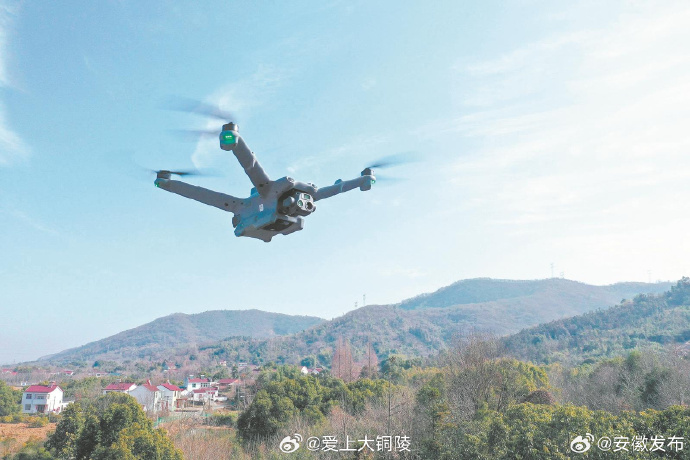Drone flying has become a popular hobby and profession, opening up thrilling opportunities for aerial adventures. Whether you are capturing breathtaking landscapes or engaging in exciting drone races, mastering drone flying requires practice, patience, and knowledge.
Understanding Drone Basics
Drones, also known as UAVs (Unmanned Aerial Vehicles), come in various shapes and sizes with different capabilities. To begin your journey into drone flying, familiarize yourself with the components and controls of your device. A typical drone includes a camera, propellers, a battery, and a remote controller. It’s also important to understand flight modes: manual, GPS, and altitude hold.
Choosing the Right Drone
With numerous brands and models available, selecting the right drone is crucial. Consider factors like camera quality, battery life, flight range, and additional features such as obstacle avoidance. Beginners should opt for drones with beginner-friendly modes and safety features.
Drone Safety and Regulations
Safety is paramount when flying drones. Ensure that you adhere to local aviation regulations, which commonly require drones to be flown below 400 feet and away from airports. Additionally, avoid flying over crowds and restricted areas. Preparing pre-flight safety checks and having a plan for emergencies is advisable.
Improving Your Flying Skills
Mastering drone flying entails honing your piloting skills. Start by practicing basic maneuvers such as hovering, rotations, and figure-eight patterns to become comfortable with controls. As you progress, challenge yourself with advanced techniques, including FPV (First-Person View) flying and cinematic movements.
Utilizing Drone Technology
Drones are equipped with innovative technology that enhances the flying experience. Features like GPS tracking, follow-me modes, and automated flight paths are designed to help pilots capture stunning footage and perform complex maneuvers seamlessly.
Additionally, drone software applications offer real-time flight data, map integration, and editing tools to help you manage your aerial footage effectively.
Applications of Drone Flying
Drone flying is not only a recreational activity but also serves various professional fields. Photographers and videographers use drones to capture striking aerial shots, while surveyors employ drones for mapping and inspections. Other industries, such as agriculture, utilize drones for crop monitoring and management.
FAQs About Drone Flying
- What are common issues faced by drone pilots?
- Drone pilots may encounter signal loss, battery depletion, or weather interference. Regular maintenance and understanding your drone’s limits can minimize these problems.
- How can I extend my drone’s flight time?
- To maximize flight time, invest in higher-capacity batteries and reduce the drone’s weight where possible. Flying in calm weather also conserves energy.
- Are there restrictions on where I can fly my drone?
- Yes, drones cannot be flown in restricted areas such as airports or over private properties without permission. Always check local regulations before flying.

Drone flying offers endless possibilities for exploration and innovation. By mastering the skills and adhering to safety regulations, pilots can enjoy incredibly rewarding aerial experiences.